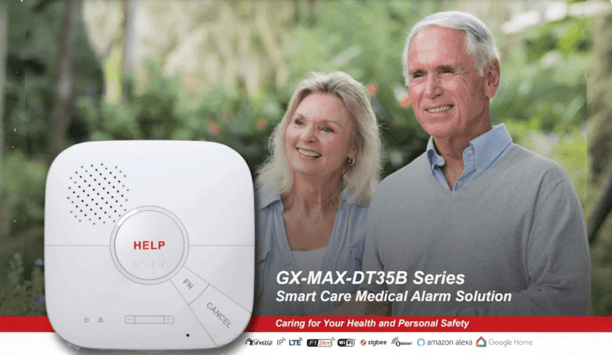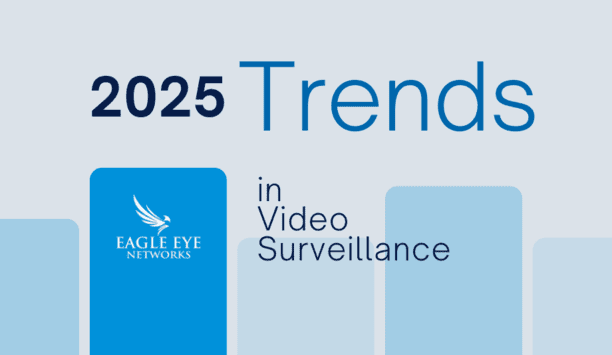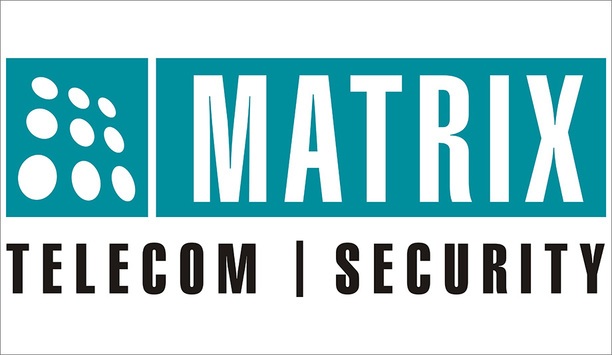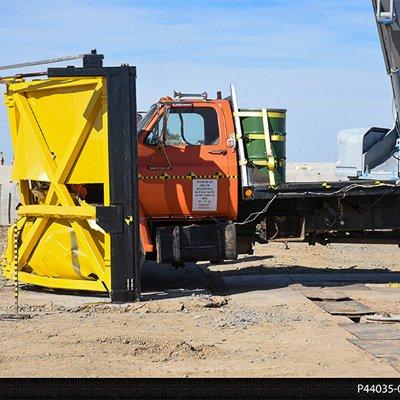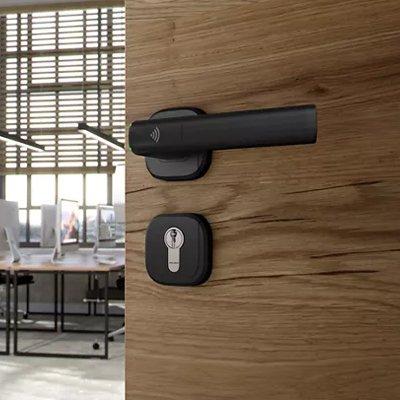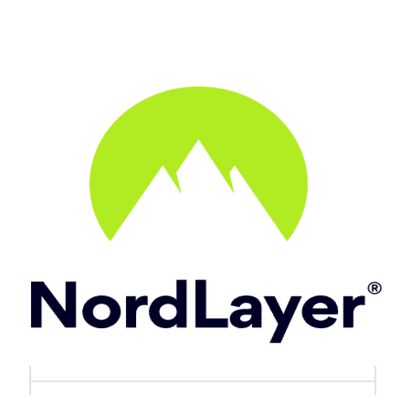Alarm.com and Comcast’s acquisition of Icontrol, finalised March 8, will mean stiff competition in the coming years for other providers of professional home automation systems. Although Comcast is a telecom, and telecoms often get poor customer service reviews, this has not slowed its growth as a home automation and security provider.
Robust smart home platform
IHS Markit estimates that Comcast represented about 2 percent of the American residential remote monitoring market, valued at about $13 billion in 2016. Moreover, professionally monitored smart home accounts will surpass traditionally monitored accounts in 2022, when about 9 percent of all homes will have a professionally monitored smart home (up from 1 percent in 2011). This trend places additional emphasis on the need for a robust smart home platform to remain competitive.
Considering that professionally monitored alarm systems comprise only 23 percent of all residential households, both Honeywell and Alarm.com remain well positioned to take advantage of existing connected home conversions as well as the market that is untapped. Connected alarm systems for residential applications are forecast to grow at a CAGR of 18 percent, reaching $7.2 billion dollars in 2020.
Seamless integration possibilities
Perhaps the merger’s real significance is the realisation that software and platforms require equal or more emphasis compared with the hardware. Many intruder alarm manufacturers have had to do a 180-degree turn on strategy because hardware is no longer going to win business.
The platform, user experience, ease of setup by a dealer and continuity of product design are now critical for success |
In essence, the scope for innovation in technologies used in intruder alarms equipment is limited. The software platforms emphasising hassle-free, user-friendly interface and seamless integration possibilities with existing equipment open the path for innovating product offerings and attracting new customers. Continued success of intruder alarm providers will depend on their ability to integrate their products with multiple platforms. Despite the clear trend toward openness, some manufactures are looking to diversify by offering both closed and open hardware (systems), such as with Interlogix’s UltraSync.
The platform, user experience, ease of setup by a dealer and continuity of product design are now critical for success. This is exactly what the likes of Comcast, Alarm.com and Vivint have been focusing on over the past 12 months. Comcast has been rolling out a more unified look for its products while integrating its voice-controlled remote into its home offering.
Advanced analytics
Alarm.com announced Insights Engine along with a potential drone program and Vivint has also created a unified product look with its own Sky Platform for advanced automation. Companies that have been focusing more on product and not ecosystem and the interface, have been losing.
Lastly, Alarm.com announced the acquisition of ObjectVideo on March 14. The significance of this acquisition is the ability for Alarm.com to focus on the hardware side and to potentially build out its much-discussed drone program by using the advanced analytics provided by ObjectVideo.
Companies that have been focusing more on product and not ecosystem and the interface, have been losing |
This acquisition is also interesting compared with Honeywell’s acquisition of RSI Video Technologies in March 2016. The Honeywell acquisition helped them draw out their DragonFly program, which supports dealers with a hybrid approach of DIY installation with professional monitoring.
Expanding penetration beyond existing accounts
Overall, smart home is a fragmented market and consolidation will help dealers reduce the number of systems they have to be trained on and also help consumers by reducing the number of options available.
Although this merger may reduce the dealer opportunity for various competing platforms, such as Honeywell Total Connect, the USA is only at a penetration of about 23 percent of homes.
As the industry reaches near saturation of converting existing monitored accounts to smart home accounts, industry players will have to find a way to expand penetration beyond existing accounts. This expansion will occur through systems with intuitive interfaces and advanced analytical capabilities, not through hardware itself.






